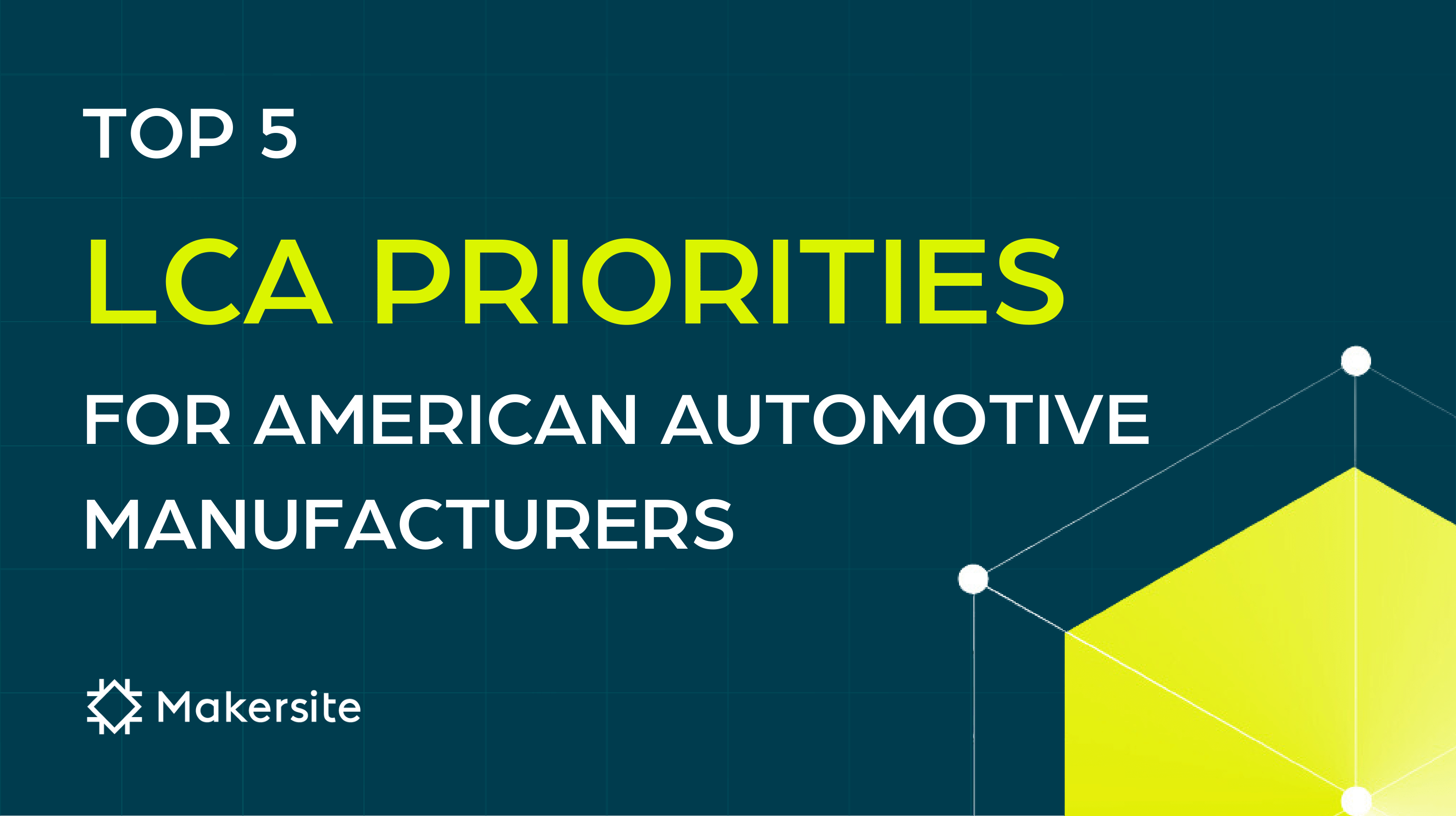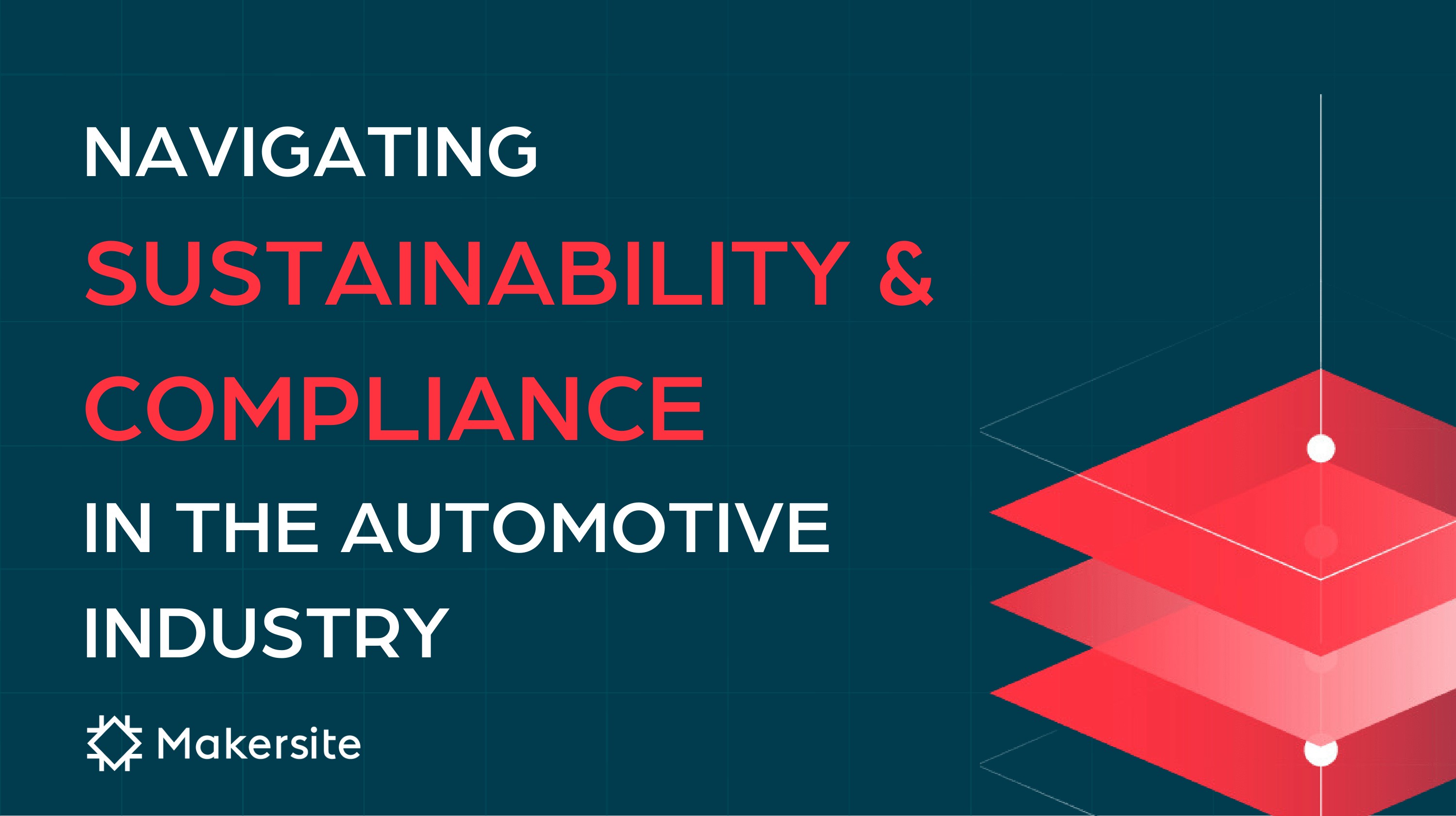The American automotive industry stands at a crucial junction where sustainability isn’t just a buzzword; it’s fundamental to continued profitability and regulatory compliance. With the clamor for eco-friendly vehicles rising in pitch, it’s imperative that manufacturers align themselves with the latest in sustainable practices. By zeroing in on Life Cycle Assessment (LCA) priorities, companies can not only enhance their environmental credentials but also ensure greater efficiency and accuracy too.
Analyzing missteps in automotive Life Cycle Assessment practices
Despite notable strides made by the automotive industry toward sustainability, significant areas of oversight within the realm of Life Cycle Assessment (LCA) practices remain. The industry’s focus has predominantly been myopic, concentrating narrowly on tailpipe emissions while overlooking the comprehensive environmental impact generated throughout a vehicle’s life cycle.
This shortsightedness results in neglecting critical stages like raw material extraction, manufacturing processes, and end-of-life disposal or recycling procedures. Moreover, a prevalent undervaluation of the environmental footprint associated with electric vehicle batteries is evident, as it fails to consider the emissions and resource depletion linked to their production and ultimate disposal.
Through the incomplete integration of LCA practices into decision-making processes, manufacturers unintentionally bypass opportunities for innovation in sustainable materials and practices. This shortfall hampers their ability to effectively mitigate the overall environmental impact. Recognizing and rectifying these deficiencies is not just advantageous; it is crucial for those aiming to take the lead in the forthcoming era of automotive manufacturing.
This list dives into five pivotal LCA priorities that are essential to the modern American automotive manufacturer. From production phases to the hands of consumers, these strategies can redefine the industry’s standard for responsible vehicle manufacturing.
1. Embrace LCA beyond tailpipe emissions
With a growing emphasis on eco-friendliness, many automotive manufacturers have solely focused on reducing tailpipe emissions to comply with regulations and consumer demands. However, this narrow outlook neglects the bigger picture of a vehicle’s environmental impact throughout its entire life cycle. By expanding their LCA analysis to include all stages – from raw material extraction to end-of-life disposal or recycling – manufacturers can make more informed decisions and develop more sustainable vehicles.
An LCA-driven approach that encompasses the entire production process can identify areas for improvement and innovation, allowing manufacturers to reduce their overall environmental impact and gain a competitive edge.
2. Integrate LCA into design processes
Innovation is at the heart of automotive manufacturing, and LCA needs to be integrated into this process from the very beginning. By implementing LCA principles during the design phase – such as using more sustainable materials, optimizing production processes, and considering end-of-life options – manufacturers can reduce the environmental impact of their vehicles without compromising performance. This approach also allows for the identification of potential trade-offs between sustainability and other key factors, enabling more comprehensive evaluation and informed decision-making.
Advancements in technology have opened new opportunities for sustainable practices in automotive manufacturing. By embracing digital tools like simulation software and machine learning, manufacturers can optimize production processes and reduce waste and emissions. Additionally, innovation in electric and autonomous vehicle technologies presents opportunities for greater sustainability throughout a vehicle’s entire life cycle. By incorporating these advancements into LCA analysis, manufacturers can identify areas where AI can be leveraged to enhance sustainability and make informed decisions that align with their environmental goals and meet global regulatory compliance requirements.
3. Consider battery environmental impact
With electric vehicles rapidly gaining ground in the market, manufacturers must consider the environmental impact of their batteries. From raw material extraction to end-of-life disposal, these essential components can have a significant impact on a vehicle’s overall environmental footprint. By integrating LCA into battery production processes and exploring more sustainable battery materials, manufacturers can reduce emissions and resource depletion associated with this critical component.
The shift towards electric vehicles introduces new environmental considerations, particularly regarding the production, use, and disposal of batteries. A thorough LCA of EV batteries is crucial to ensure that the environmental benefits of driving electric cars outweigh the impacts associated with battery manufacturing and end-of-life management. By focusing on sustainably sourced battery materials, optimizing battery life, and advancing recycling technologies, manufacturers can mitigate the environmental footprint of their EV offerings.
This measure not only aligns with global sustainability targets but also addresses consumer concerns about the true eco-friendliness of electric vehicles. Manufacturers who lead in this area will not only contribute to a more sustainable future but will also gain a competitive advantage in a market that increasingly values environmental responsibility.
LEARN MORE – Automated Lifecycle Analysis of 18650 Battery
4. Investing in sustainable supply chain management
The automotive industry’s supply chain involves multiple stages, from material sourcing to vehicle assembly. By prioritizing sustainable practices and materials throughout the entire supply chain, manufacturers can significantly reduce their environmental impact. This includes seeking out suppliers that prioritize sustainability, implementing green logistics processes, and utilizing more sustainable materials in production. By working collaboratively with their supply chain partners, automotive manufacturers can establish a more sustainable ecosystem that benefits both the environment and their business.
Prioritizing LCA in all aspects of vehicle production is crucial for automotive manufacturers to thrive in today’s sustainability-driven market. By expanding their focus beyond tailpipe emissions, utilizing sustainable materials and design processes, adopting circular economy principles, and considering battery environmental impact and supply chain sustainability, manufacturers can lead the way towards a greener and more sustainable automotive industry.
Embracing automated LCA platforms, such as Makersite, and the provision of essential tools for developing innovative, eco-friendly vehicles will help American auto manufactures to secure a competitive edge.
5. Invest in end-of-life options
As vehicles reach the end of their life cycle, proper disposal or recycling is essential when it comes to reducing environmental impact. By investing in sustainable end-of-life options, such as recycling programs for batteries and other vehicle components, manufacturers can minimize waste and resource depletion while also showcasing a commitment to sustainability.
By embracing these five LCA priorities, automotive manufacturers can position themselves as leaders in sustainability and innovation. It’s time for the industry to shift its focus from solely reducing emissions to considering the entire life cycle of a vehicle and making more informed decisions that benefit both the environment and their bottom line.
It is imperative for all automotive manufacturers to prioritize LCA and integrate it into their supply chain and design processes to not only meet regulatory standards but also to stay ahead of the competition and establish themselves as responsible leaders in the industry. The time for change is now, and by working together, we can create a more sustainable future for the automotive manufacturing sector.
It’s time to drive towards a greener tomorrow.

